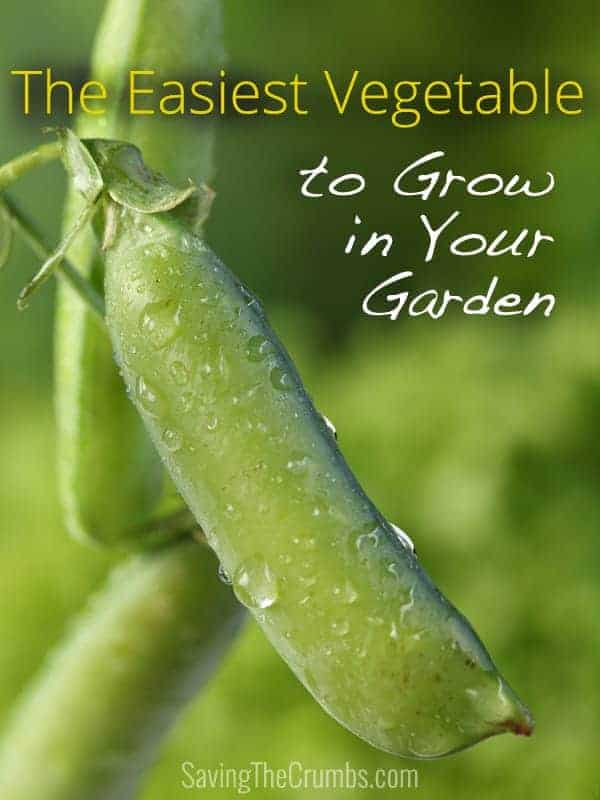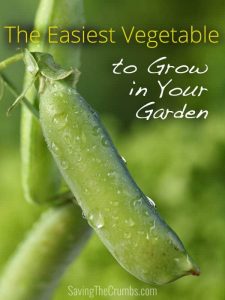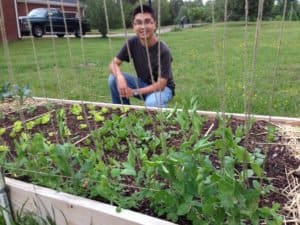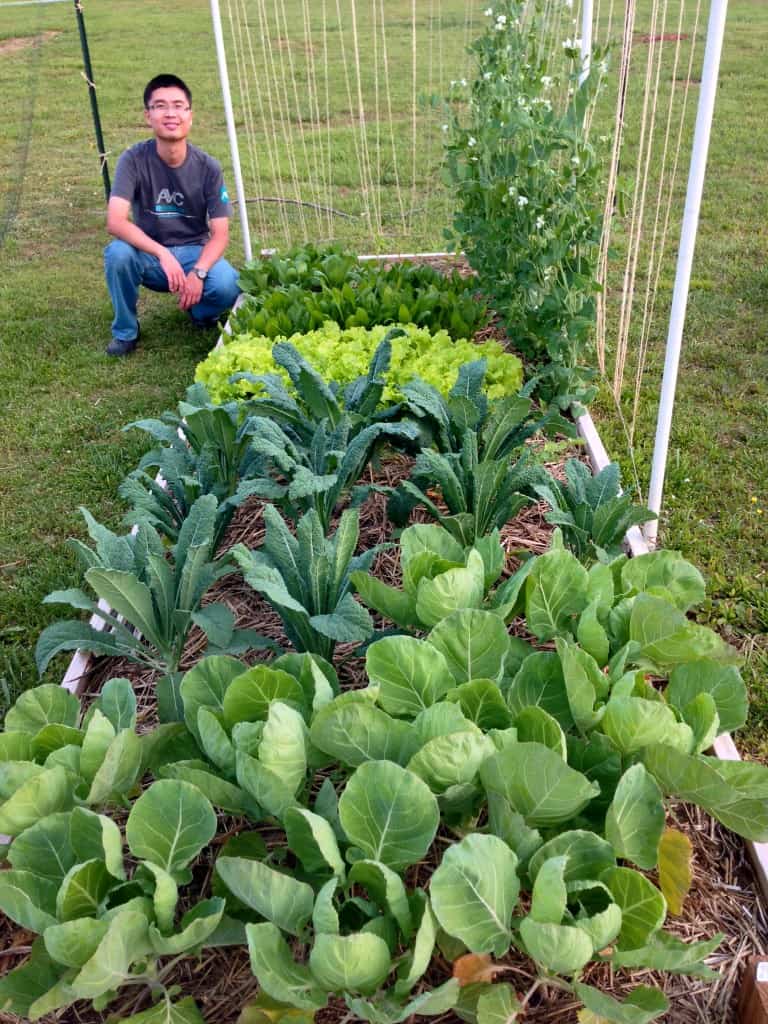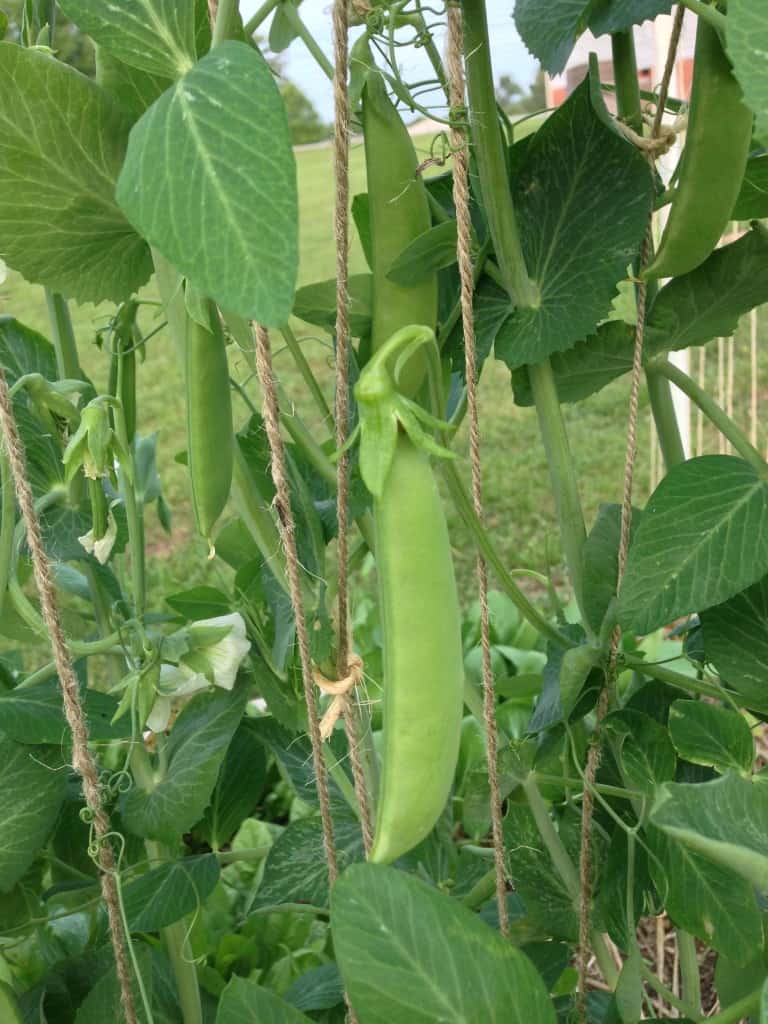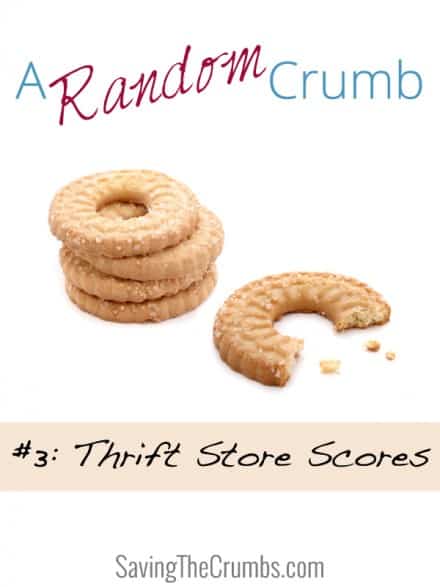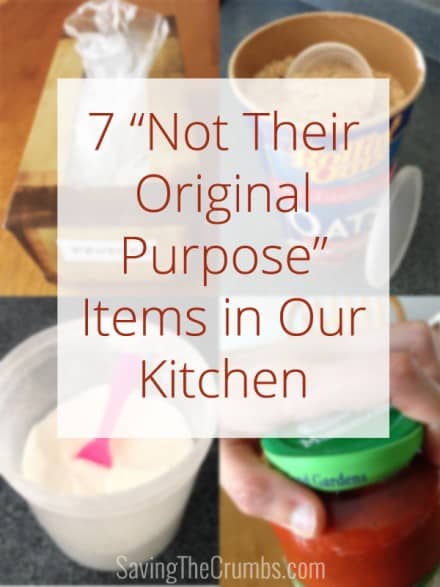Spring is here in Tennessee and I just planted my first crop of the growing season. It’s the same thing I planted first each of the past few growing seasons, and I think it just might stay the first every growing season from now on! It’s one of my absolute favorite vegetables to grow, and I’m here to tell you why. Get ready to fall in love with the Sugar Snap Pea!
So why do I love sugar snap peas so much? To put it simply, it’s one of the most perfect crops to grow. Let me explain my top reasons why:
Top 12 Reasons to Go Crazy for Sugar Snap Peas
- High Germination Rate – Planting seeds can be hit and miss. Not all seeds sprout when you plant them, and this is especially a problem if you’re OCD about not having any gaps in your rows! The great news is that I have had nearly 100% germination rate with sugar snap peas—even with seeds that are several years old!
- High Producing – I love growing things that I can be picked repeatedly, as opposed to being a “one and done” (like say, a head of cabbage). Once the pea plant matures, it will keep producing as long as the environment allows it.
- Cold Tolerant – Speaking of environment, peas are a cool weather crop and can be planted as soon as the soil is workable in early spring. Not only do they thrive in cool weather, they can even survive frosts. Last year, my pea shoots got (apparently) decimated by a late frost. They turned brown and withered up. But amazingly, the plants resurrected back to life and still produced a healthy harvest with no intervention from me.
- Low Maintenance – This has been one of my least troublesome crops. No thinning, pruning, weeding, spraying, training, or tying. Just setting up the trellis at the initial planting, then after that it’s just picking and eating! It attracted so few bugs, pests, and diseases that it nearly looked picture perfect all season long. While the pea vines do need a trellis to climb, their tendrils grab on their own without much help.
- Delicious to Eat – Naturally, all of this is pointless if you can’t eat the thing. But I’m happy to report that sugar snap peas live up to its name…with emphasis on SUGAR. It is no joke that these peas are so sweet that they’ll make you wonder whether it’s actually real.
- Shell or No Shell – Unlike regular peas, sugar snap peas have pods that are edible. But unlike snow peas, they can also be used as shelling peas if you choose. Want to pick the younger ones? You can enjoy the entire, tender, non-stringy pod. Let them get too old on the vine? Just shell them and use the peas inside as you would regular peas. It’s having the best of both worlds, and extends the harvesting period of the plant.
- Health Food – Aren’t peas proverbial as being the healthy vegetable that kids love to hate? Well, it’s high in Vitamin C, Vitamin A, and fiber amongst other nutrients, but this is one pea that even kids can learn to enjoy.
- Easy to Preserve – Sugar snap peas stay fresh in the fridge—as long as 2-3 weeks (yes, we know from experience)! Then they can also be frozen for longer-term storage. But honestly, we eat them up so fast it’s hard to have much to save for later!
- Long Harvest – This is one of the first plants that we can plant and it’s also one of the first plants to start actually fruiting. Moreover, since it keeps producing until the temperature gets too warm, with careful shading the harvest for this plant can go one for quite a long time.
- Saveable Seed – All peas are open pollinated, so you won’t have to worry about getting some weird hybrid offspring that isn’t the same as the parent. Just let the pods get really fat, shell them, let the peas dry out, and store them in a cool, dry place. They’ll stay viable for several years, and you can keep planting year after year without having to ever buy seed again.
- Expensive to Buy – As we discussed in a previous post on Gardening to Save the Crumbs, we get a better return if we grow things that are expensive to buy in the store. If you can even find sugar snap peas in the store, you’ll be paying something like $2.18 for an 8 oz. bag. That’s $4.36 a pound!
- Good for the Soil – Peas are in the legume family, and they have nitrogen-fixing bacteria that live in nodules in their roots that help enrich the soil where they grow. So even while producing food for us to eat, this plant also improves the soil for the future.
In the picture below, the sugar snap peas are on the ones with white flowers climbing on the right. This was nearly their maximum height.
The Downsides
Now as with all things, there are trade-offs. But the tradeoffs in the case of sugar snap peas are very minimal. Here are the three that I can think of:
- Need to climb – Perhaps the biggest drawback to sugar snap peas is that they require something to climb. So a fence or trellis is required. But the amazing thing is that with their clingy tendrils, they can climb on their own. Very little training is required. So this is not nearly as bad as it sounds.
- Can’t take the heat – The sugar snap pea is very sensitive to heat. So once summer rolls around, they’ll shrivel up and die pretty quickly.
- Stringy when old – The pods are edible all throughout their growth stages, but once they get very old and the peas inside get big and plump, they do develop strings. A minor hassle, but if you’re planning to shell them anyway, this won’t be a factor.
Of course, I must mention that there are so many variables in the growing of food that it’s impossible to say that your results will be the same as mine. Different climate, soil types, location, weather, local pest/disease pressure, etc. can produce totally different results for you. So while I’ve had great success with mine, your mileage may vary.
The Super Sugar Snap…really, that’s its real name!
So if you’ve ever browsed through a seed catalog, you know that there can be a dizzying number of varieties for each plant, so which variety should you choose? Well, we have grown the Super Sugar Snap variety, and we bought the seed from our local Ace Hardware several years ago. It’s a fairly common variety that I’ve seen in various places. You can also get it on Amazon:
Our gardening season is about to get started in earnest very shortly. So we’re curious about what all you gardeners out there are putting into your garden first this spring?

